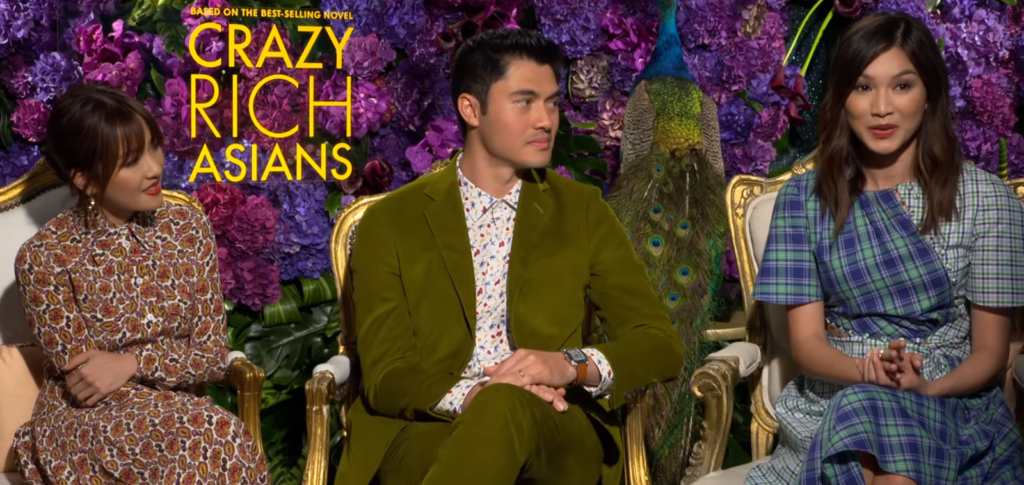News
How Diversity Became a Buzzword
The film industry has been grappling with the issue of diversity and representation for years, and while there have been some notable strides forward, the question remains: are we truly making progress, or are we just paying lip service to the idea of inclusion?
On the surface, it seems like things are improving. We’ve seen a surge in films featuring diverse leads, stories, and perspectives, such as:
-
“Crazy Rich Asians” (2018), which broke ground with an all-Asian cast and crew
-
“Black Panther” (2018), which celebrated African culture and featured a predominantly black cast
-
“Parasite” (2019), which became the first non-English language film to win the Academy Award for Best Picture
-
“Roma” (2018), which highlighted the experiences of indigenous Mexicans
However, scratch beneath the surface, and the picture becomes more complicated. A recent report by the USC Annenberg Inclusion Initiative found that despite the increased visibility of diverse films, the industry still has a long way to go in terms of representation. The report revealed that:
-
Only 13.9% of leads in the 100 top-grossing films of 2020 were people of color, with:
-
Asian actors making up 4.5%
-
Black actors making up 4.3%
-
Latinx actors making up 3.5%
-
Indigenous actors making up 1.1%
-
-
Women made up only 34.6% of speaking roles in the same films
-
LGBTQ+ characters were almost entirely absent, with only 1.4% of characters identifying as LGBTQ+
-
People with disabilities were also underrepresented, with only 2.5% of characters having a disability

Constance Wu, Henry Golding & Gemma Chan from the film Crazy Rich Asians
Moreover, the report highlighted the persistent lack of diversity behind the camera, with women and people of color vastly underrepresented in key creative positions such as directors, writers, and producers.
To truly make progress, the film industry needs to commit to meaningful change, not just cosmetic fixes. This requires:
-
Investing in diverse talent and stories, both in front of and behind the camera
-
Addressing systemic barriers and biases that prevent underrepresented groups from succeeding
-
Listening to and amplifying authentic voices, rather than tokenizing or appropriating them
Some potential solutions include:
-
Implementing inclusive hiring practices and diversity training programs
-
Providing funding and resources for underrepresented filmmakers and stories
-
Creating more opportunities for diverse talent to break into the industry
As consumers, we also have a role to play. We can:
-
Support films and filmmakers that prioritize diversity and inclusion
-
Demand more from the industry, using our voices and wallets to advocate for change
-
Engage in conversations about representation and inclusion, and hold the industry accountable for its actions
In conclusion, while there have been some encouraging signs of progress, the film industry still has a long way to go in terms of diversity and representation. It’s time to move beyond lip service and take meaningful action to address the systemic issues that have held the industry back for too long. Only then can we truly say that we’re making progress, not just talking about it.
What do you think? Share your thoughts on the state of diversity in film and how we can create meaningful change in the comments below!
Thanks for reading! If you’re interested in reaching an engaged audience and growing your brand, consider advertising with Bolanle Media. Our platform offers a range of opportunities to connect with our readers and promote your products or services. Contact us at Hello@bolanlemedia.com to learn more about our advertising options and how we can help you achieve your marketing goals.